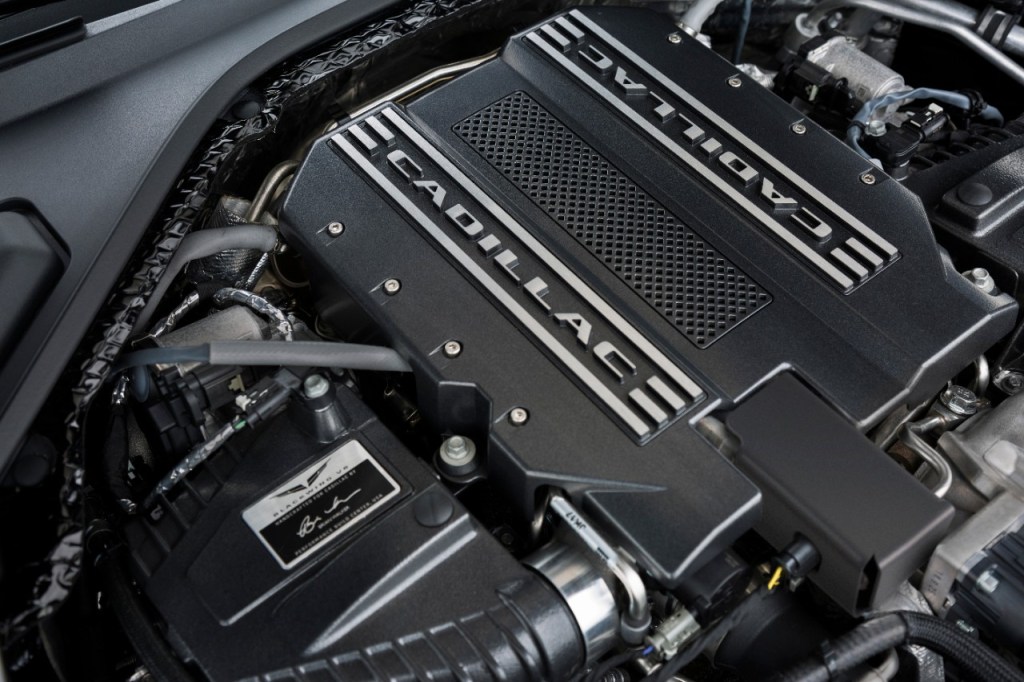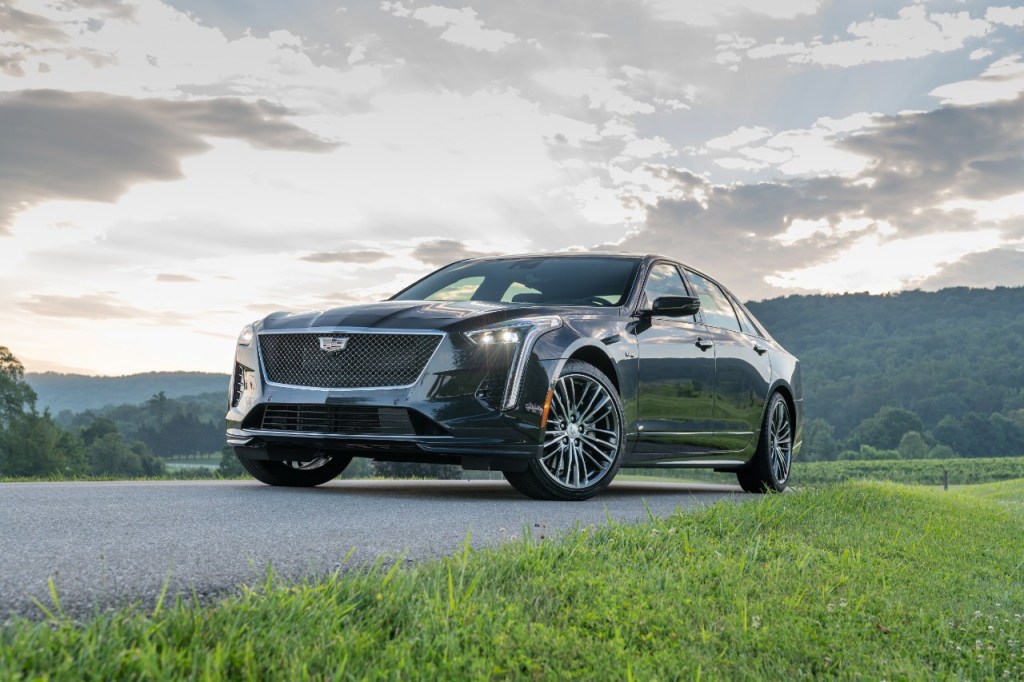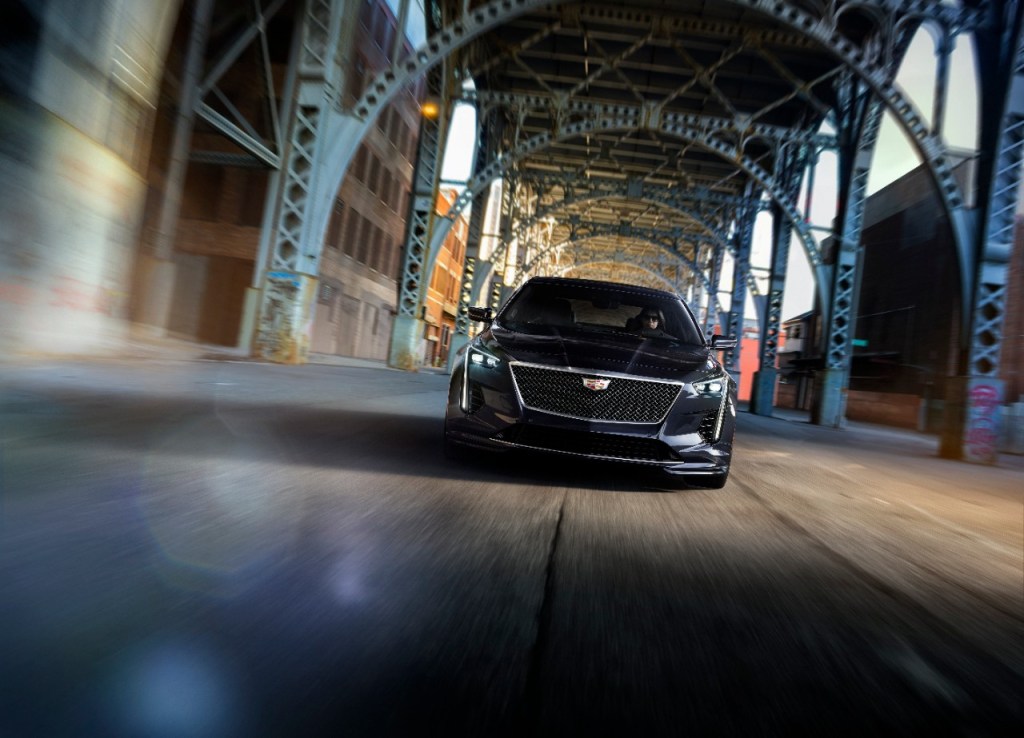
Chaotic Tale Of Cadillac’s Canceled CT6-V and Blackwing Engine
GM works in mysterious ways. We keep saying it and it keeps making mysterious moves. Costly moves. Even being a fly on the wall probably wouldn’t help much because there are sometimes decisions that make no sense. Take the DOHC Blackwing twin-turbo V8 engine for instance. It died last month when it was announced the CT6-V sedan would be dropped after what amounts to a one year run. The former CT6V-Sport saw 875 built in 2019 and 600 in 2020. Somewhere in there, Cadillac changed its name to CT6-V. To enhance its appeal it was even available in two versions; a “Platinum” low-output version and the “V” high-output version.
The Blackwing was a hand-built 4.2-liter rated at 550 hp and 640 lb-ft of torque. It was never intended to be a high-volume engine. Also, it’s so large it won’t fit into any other Cadillac products. Even with the turbos tucked in between the heads there’s just too much mass to squeeze into anything else. When you hear all of this the questions start coming quickly.
Cadillac canceled the Blackwing partially because it won’t fit in anything else

Why did GM make an engine so large it didn’t have an application in anything else? What was the point of developing it if it was to be limited production? Isn’t Cadillac sort of a high-production luxury vehicle not into costly, limited-production powerplants? Why did the CT6 sedan last only two years in production? Without the ability to amortize development and tooling how much did Cadillac lose on the sedan? How much did it lose developing the engine? Did this follow a plan or is it as it appears; a chaotic reaction to a myriad of developments and decisions? What was the reason for shortening the name of the sedan?
When first introduced with pre-orders starting in January 2019, Cadillac said only 275 would be built. Those sold out within hours at $90,000. So Cadillac added an additional $4,000 to the Blackwing option and took more orders. It still hadn’t shipped any but it made more available.
The chaos around the launch of the Blackwing was another black eye for Cadillac

Then there were delays. Initially, it was said to be emissions issues holding up production. Then, it was hinted that the UAW strike also played a part in the delay. Finally, about five months ago the slow trickle of CT6-V sedans began to appear in dealerships. Now production has stopped for good.
See what we mean? Almost everything related to the Blackwing engine is cloaked in mystery. It just seems like a costly mish-mosh of errors and holdups and curious justifications. And more questions. Why the weird roll-out? Why build only 275? Why not amortize costs over a larger run to make it available to more customers since it seems to be popular? Why not keep the price at $90,000 and see how many you can sell?
So now we’re here after five months of production sneezed out to eager buyers. If it was meant to be a Cadillac flagship we guess it is but why not make it accessible so everyone knows it’s your flagship? The plant allocated for production is being set up for EV production. Why not transfer production to another plant? If it’s meant to be a flagship why not modify a few Escalades to accommodate the engine and continue with your flagship deal but as an Escalade?
Modify Cadillac Escalades to accept Blackwing engines and continue with the limited-edition tale

Ford did it for the Boss 429 Mustang in 1969 and 1970. Those big engines were too wide for the Mustang with the intrusive shock towers. Assembled Mustangs were sent to an upfitter where the towers were modified and suspension moved outward to better accept the semi-hemi engine. It was built to homologate the engine for NASCAR. About 1,400 were built in two years. It was doable in 1969, it seems like it would be the same in 2020.
We could write a book about the comings and goings of GM. From the Saturn division that never made a dime to the EV1 electric car fiasco to bankruptcy in 2010. But why? All we can say is if you’re a stockholder you might want to ask some questions about what GM is doing and why.



